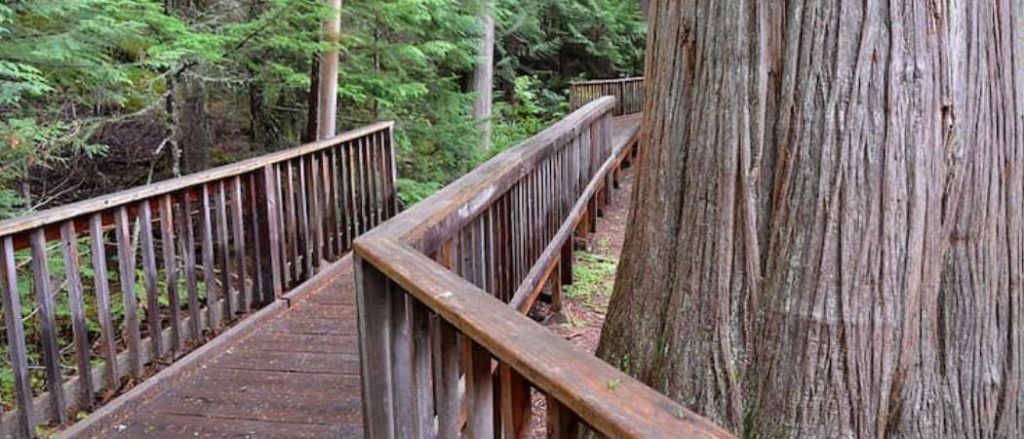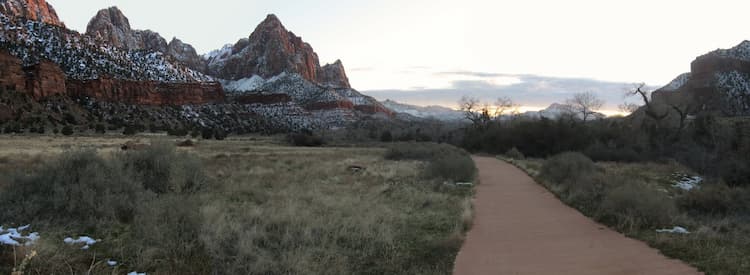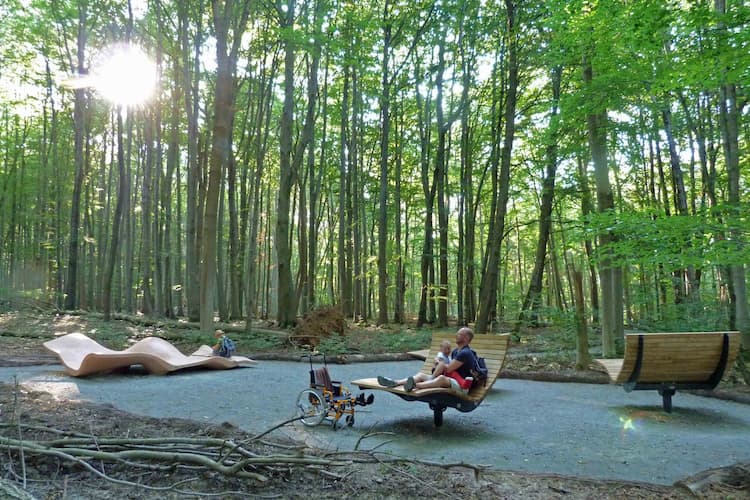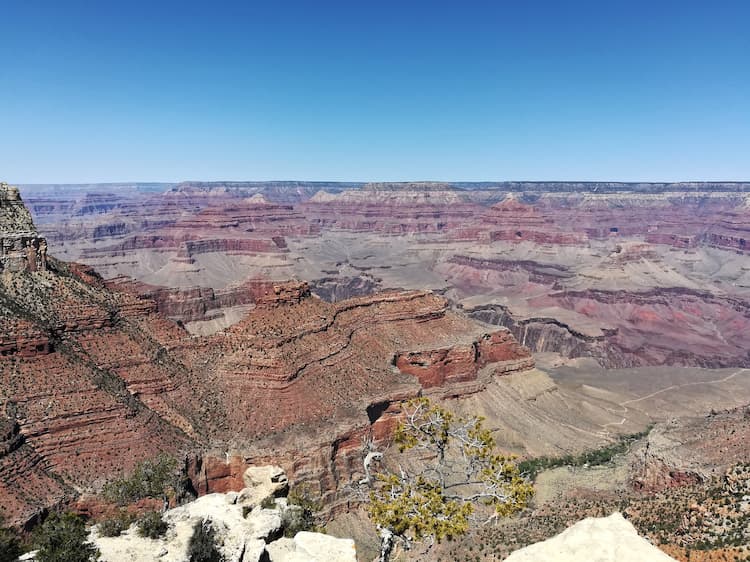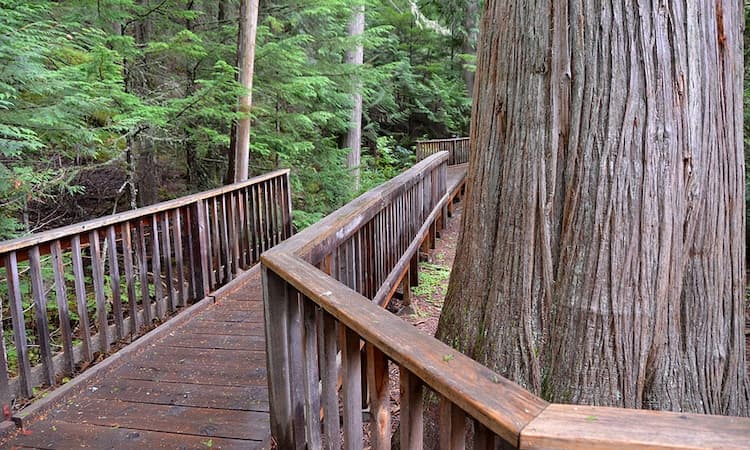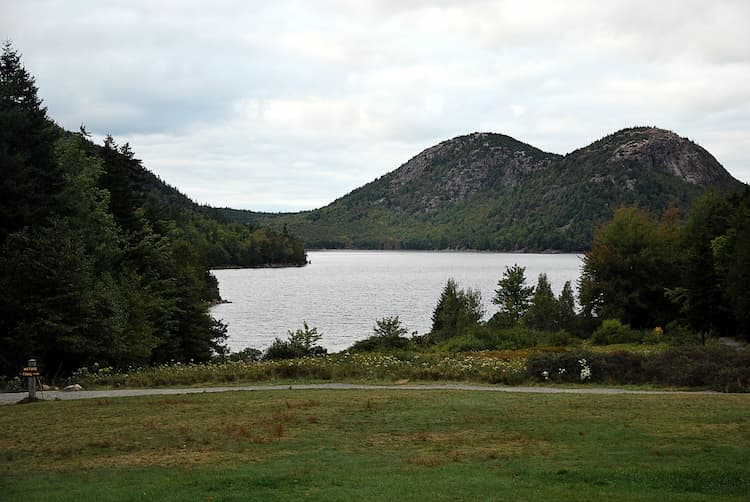Hiking is one of the most incredible ways to escape life’s stresses. However, finding accessible hiking trails can be difficult for wheelchair users due to limited accessibility in parks and outdoor areas, hindering participation in outdoor activities.
But in recent years, the outdoors has grown more approachable, creating new opportunities for wheelchair users due to ADA implications for accessible places, including trails. Whether you’re an avid nature lover or seeking a new way to connect with the environment, these trails are gateways to unforgettable experiences, blending accessibility with the call of the wild.
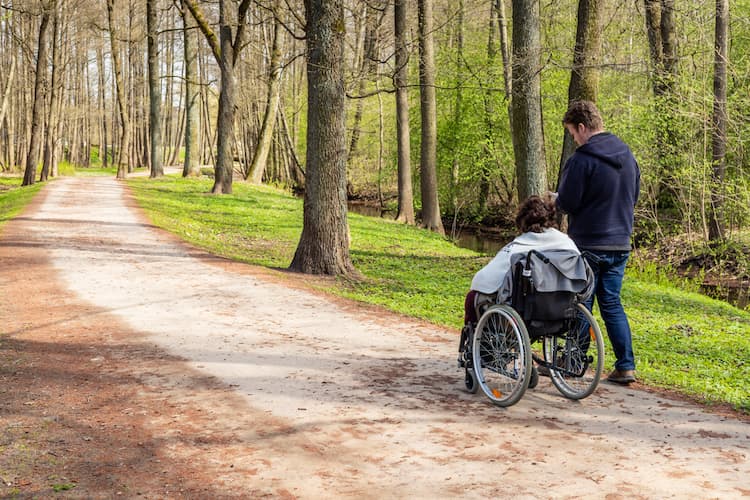
What are wheelchair-accessible trails?
Wheelchair-accessible trails are pathways modified to accommodate wheelchair users, allowing them to enjoy the outdoors more quickly and safely. These trails have a few distinctive features.
- Smooth, Stable Surfaces: Trails are typically paved, gravel-packed, or stable, providing a smooth ride for wheelchair users avoiding the challenges of uneven, rough, or soft surfaces found in natural settings.
- Minimal Elevation Gain: These trails are designed to be wheelchair-friendly, featuring flat or gentle slopes that are easy to navigate and enjoyable without excessive physical exertion or assistance.
- Sufficient Width: Wheelchair-accessible trails are designed with ample width to comfortably accommodate wheelchairs, allowing for smooth navigation and easy passing for wheelchair users and other visitors.
- Accessible Amenities: Along with the trail itself, amenities such as restrooms, picnic areas, and parking spaces are designed to be accessible. It includes features like ramps, wide doorways, and appropriate facilities within toilets.
- Clear Signage: These trails often have clear, easy-to-read signage, providing information about the trail and its features. It helps in planning and ensures a safe and enjoyable experience for all users.
- Safety Features: Handrails, boardwalks, and other safety features are often incorporated to enhance safety, especially in areas with a drop-off or water nearby.
A Tour of Top Wheelchair-Accessible Trails in National Parks in the USA
The United States is home to some of the most magnificent national parks in the world, many of which offer wheelchair-accessible hiking trails.
Let’s begin a virtual tour of some of these breathtaking trails:
Sugarlands Valley Nature Trail, Great Smoky Mountains
Length: Half-mile loop trail
Nestled in the Great Smoky Mountains, the Sugarlands Valley Nature Trail is a perfect example of accessibility meeting natural beauty, and it only takes 10 minutes to complete, making it the shortest one on our list.
With its flat, well-maintained path, the Sugarlands Valley Nature Trail allows visitors to immerse themselves in the lush greenery and serene environment of the Smokies. The surrounding forest turns brilliant tones of red, yellow, and orange in the fall, providing a breathtaking sight for those fortunate enough to come then.
A video sharing the Sugarlands Valley nature trail accessibility for wheelchair users
Pa’rus Trail in Zion National Park
Length: 3.4 miles out and back
Utah has five fantastic national parks, whereas many other states can only boast one. And one of them, the Pa’rus Trail, offers an unforgettable experience with its stunning views of the Virgin River and the majestic cliffs of Zion.
The strange beauty of the place lies in the contrast between the vivid red rock formations and the lush greenery and running water.
The trail is fully paved with asphalt or concrete and is 8–10 feet wide, making it easy for wheelchair users to navigate. It has mild inclines from 2 to 5 % and up to 10%. It is the only trail in Zion that allows dogs, making it perfect for a trip with your four-legged friend.
Denise shares the accessibility of Zion National Park and the Parus Trail in her compiled video.
Boardwalk Loop Trail in Congaree National Park
Length: 2.4 miles; loop trail
Experience the magic of an old-growth forest on the accessible Boardwalk Loop.
The trail takes you from the Harry Hampton Visitor Center through a wooden boardwalk to the forest, showcasing impressive biodiversity, including towering trees such as the Big Bald Cypress and the Big Loblolly Pine, and a rich array of wildlife, including birdwatching.
There are wheelchair-accessible facilities within the visitor center, as well as a family restroom that is open around the clock. You can also rent wheelchairs during hours.
A small video shows the Congaree National Park wheelchair-accessible trail.
South Rim Trail of Grand Canyon National Park
Length: 13 miles out and back
The Grand Canyon, one of the world’s seven natural wonders, is not just a marvel for the eyes; it’s also a haven for wheelchair-accessible hiking trails.
The South Rim of the Grand Canyon is one of the most visited national park areas that offers breathtaking canyon views, with sections fully accessible for wheelchair users.
Visitors may also take shuttle buses, some of which are wheelchair accessible, to different locations around the rim. Remember that the paths may turn slippery in the winter, so you may need some extra gear to keep your wheels firmly planted.
Damian shared his journey to the South Rim Trail in a wheelchair.
Trail of Cedars, Glacier National Park
Length: 1.5 miles out and back
Glacier National Park’s Trail of the Cedars is awe-inspiringly accessible. The path is well-known for being the longest track in the park and is suitable for wheelchairs. It’s 0.7 miles (1.1 km) long and starts at the Avalanche Picnic Area.
Glacier National Park ensures accessibility in various areas through various facilities, including physically/mobility-accessible programs marked with symbols at bulletin cases and visitor centers.
A roundtrip video of the Trail of Cedars in Glacier National Park
Old Faithful Erupts of Yellowstone National Park
Length: 2.8 miles, out-and-back
Yellowstone National Park breaks the barriers to wilderness with its wheelchair-accessible trails.
The famous boardwalks near Old Faithful Erupts allow visitors of all abilities to witness the park’s geothermal wonders up close. The best is to get the GeyserTimes app for your phone to get real-time eruption forecasts and call it a day.
For accessibility, boardwalks have been installed so that visitors in wheelchairs may explore Biscuit Basin and Midway Geyser Basin, and the historic Old Faithful Hotel is located in the Upper Geyser Basin.
The Big Trees Trail in Sequoia National Park
Length: 0.7 miles loop trail
In Sequoia National Park, the Big Trees Trail is not just a walk among giants but also a journey of inclusivity.
The accessible trail meanders through some of the world’s most giant trees, offering an unparalleled experience that is accessible to all. The trail is well-maintained with a smooth, firm surface, predominantly consisting of boardwalks and paved paths, ensuring a comfortable and safe experience for wheelchair users.
Spanning a relatively short distance, it offers an easy and enjoyable walk amidst the giant sequoias, providing an up-close view of these ancient wonders. Along the trail, visitors will find accessible amenities, including restrooms and benches, enhancing the overall experience.
David, a park ranger, explains the wheelchair-accessible places in Sequoia National Park.
Jordan Pond Path, Acadia’s National Park
Length: 0.8 mile loop
At Acadia National Park, the accessibility of the Jordan Pond Path is a highlight. The wheelchair-accessible trail skirts the serene Jordan Pond, providing picturesque views of Maine’s coastline and forests.
The trail’s surface, consisting of compacted gravel and smooth sections, ensures a comfortable journey for wheelchair users. Spanning a moderate distance, it offers a pleasant and manageable excursion through one of the park’s most picturesque areas.
In addition to the trail itself, Acadia National Park is equipped with accessible facilities, including restrooms and picnic areas, making it a convenient and enjoyable destination for all visitors.
From where to begin?
The official National Park Service’s (NPS) website and mobile app are great starting points when searching for wheelchair-accessible national parks in the USA. It has information on wheelchair accessibility at more than 400 parks. One may also find out whether the park offers any rental equipment to enhance the visit there.
Also, having an accessible pass can be very beneficial. All national parks in the United States provide individuals with a medically determined and persistent disability with an access pass at no cost (subject to a $10 administrative charge). The pass can be obtained in person at a federal recreation site, through the mail, or via the USGS online store.
Answering Common Questions
Q1: What features make a trail wheelchair accessible?
A wheelchair-accessible trail typically includes features like a smooth, firm trail surface (often paved or packed gravel), minimal elevation gain, adequate trail width, and usually several feet.
Q2: What should I look for in a national park to ensure it’s wheelchair friendly?
When looking for a wheelchair-friendly national park, search for parks with accessible trails, paved paths, and facilities like accessible parking and restrooms. Parks with visitor centers often provide detailed information on accessibility and trail guides.
Q3: What is the best time to visit national parks and hiking trails?
The best times to visit these trails can vary. Spring brings blooming flowers and active wildlife, while summer offers lush greenery and vibrant landscapes. Each season offers a unique perspective on nature’s beauty, making every visit to these trails a new and exciting experience.
Essential Gear for Your Hiking Adventure: Wheelchairs That Go the Distance
When planning a hike on one of America’s beautiful wheelchair-accessible trails, choosing a suitable wheelchair is as essential as selecting the trail. Your wheelchair should be capable of handling the terrain while providing comfort and reliability. Here are two exceptional choices:
Pride Jazzy Passport Folding Power Chair
The Pride Jazzy Passport Folding Power Chair is an excellent choice for those prioritizing portability and ease of transport on their hiking adventures. The chair’s lightweight design and easy folding mechanism make it perfect for travel, ensuring you can quickly bring it along on your nature explorations.
Move Lite Folding Power Wheelchair
If you’re planning to tackle longer trails, the durability and extended battery life of the Move Lite Folding Power Wheelchair make it an ideal companion. Its robust construction and comfortable seating ensure that longer journeys through nature are enjoyable and worry-free.
Conclusion
The world of accessible outdoor recreation is not just a concept; it’s a reality that’s growing every day, inviting everyone to explore and enjoy the beauty of nature.
The above-mentioned wheelchair-accessible hiking trails are more than just paths; they are symbols of inclusivity, adventure, and the joy of experiencing the great outdoors. Let these trails be your gateway to new experiences, memories, and the thrill of adventure.
So, why wait? Plan your next journey, embrace the beauty of the natural world, and discover the joy of accessible hiking today.
